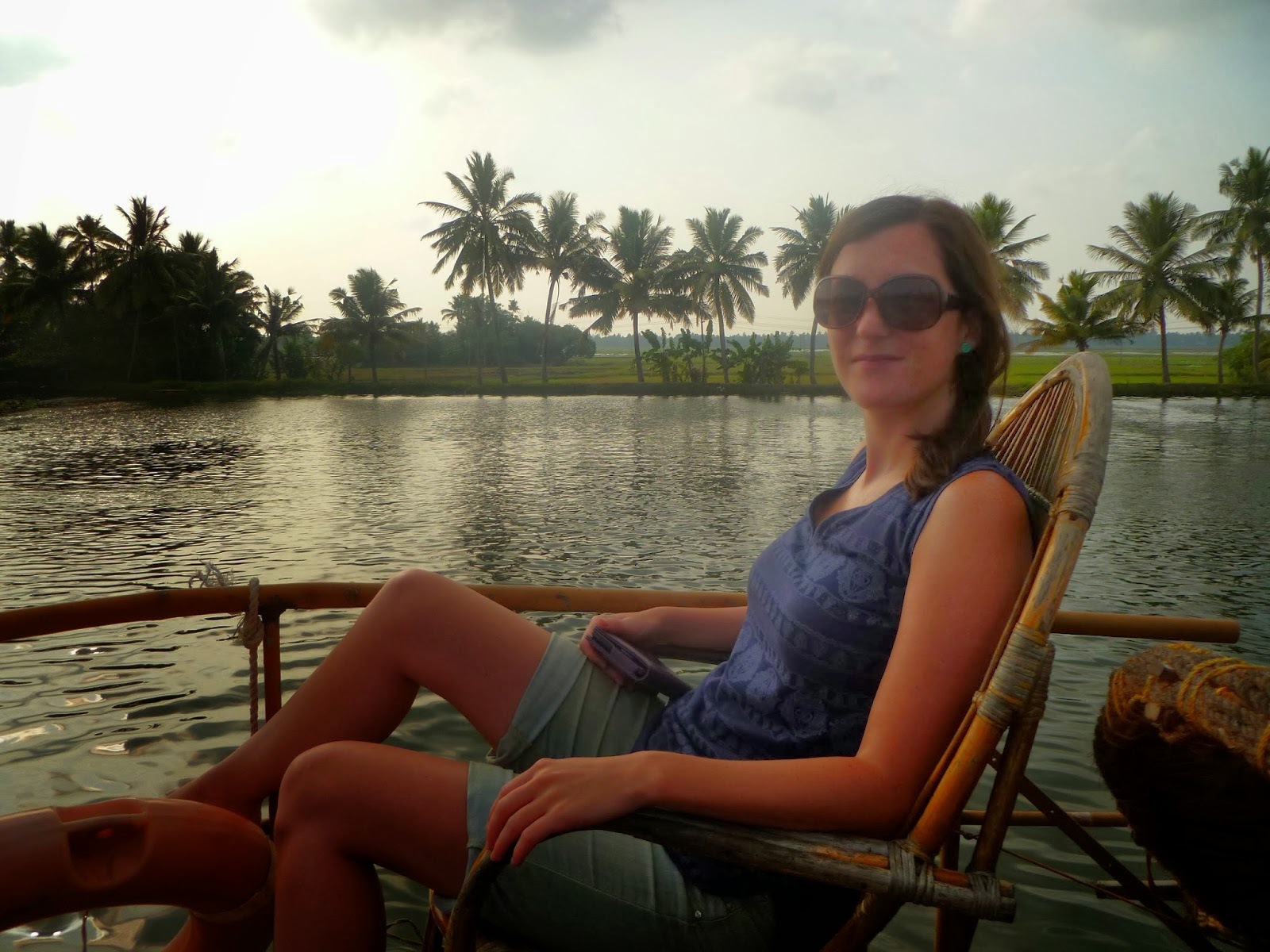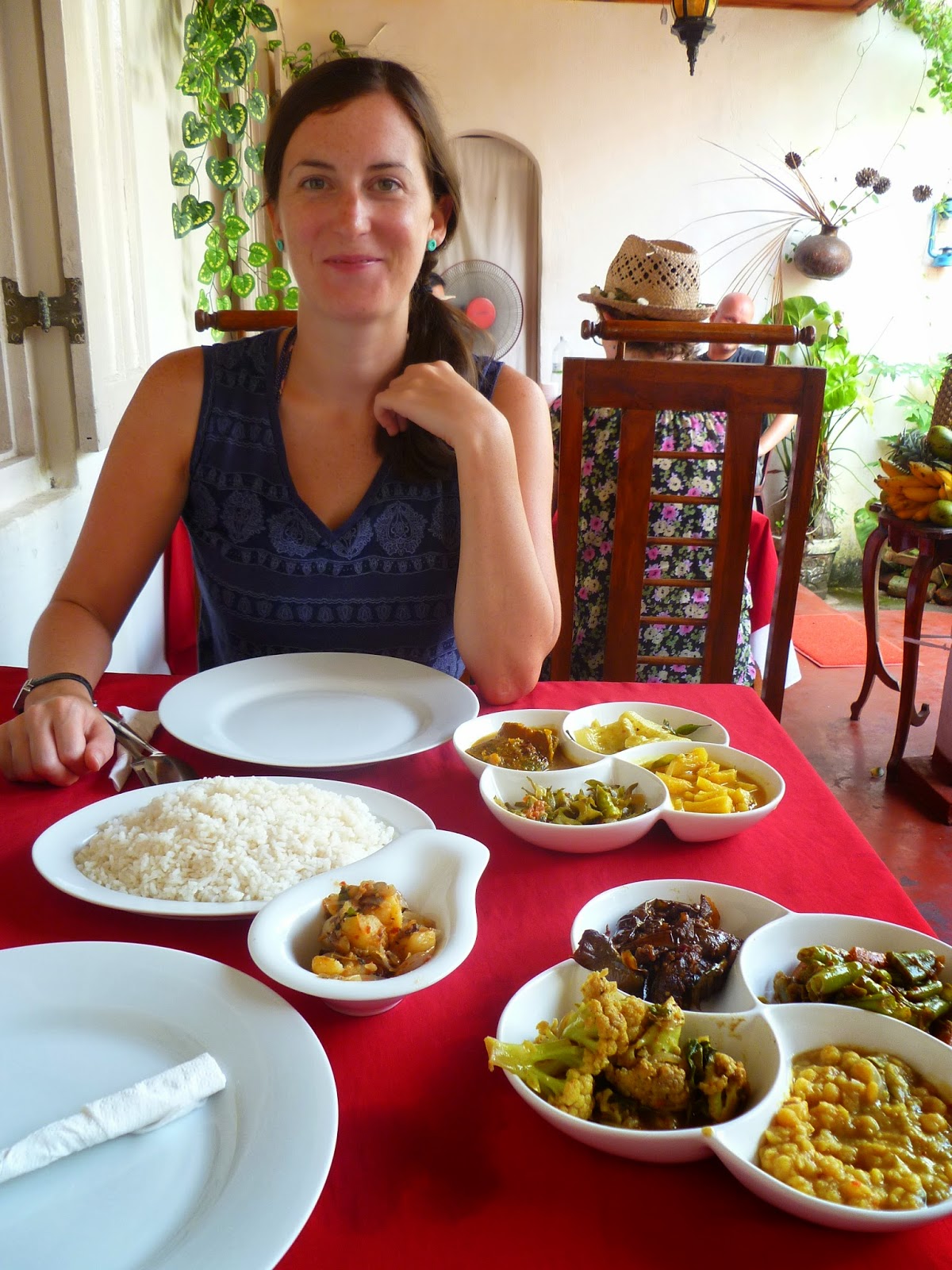We'd always fancied a visit to Kangaroo Island, off the coast of South Australia, and going over there as WWOOFers seemed like the perfect opportunity. We'd get bed and board on the renownedly expensive island and still have enough time off to explore.
Unfortunately things often don't turn out the way you planned, especially when you're a poor WWOOFer.
We found work at a hostel through the The Australian WWOOF Book and they told us that, in return for working 8am to 1pm five days a week, we'd get a private room and three basic meals a day. We had visions of being on the beach by lunchtime and spending our afternoons seeking out some of the amazing wildlife native to Kangaroo Island (KI).
On arrival everything seemed great. The managers (let's call them Franny and Dick) were super friendly and seemed casual about the WWOOFing arrangement. "We know you aren't being paid so it's just as much about having fun as it is working. We don't expect you to work eight hours a day, seven days a week," said Franny. Phew! Sounds like we're on the same page, we thought.
But as the days went on, it began to transpire that what people say and what they actually mean are two completely different things.
To start with, most of the work I was doing wasn't even rural. While Luke was doing 'manly' stuff like fixing roofs and chopping wood, I spent all day every day cleaning holiday cabins. And I mean down on my hands and knees scrubbing toilets with a toothbrush. It was grimey and disgusting work. On top of this, the hours were full-time and days off seemed be forgotten about altogether.
The hostel was out in the wilderness which meant there were a lot of huge spiders, including potentially deadly redbacks, and we came across at least two venomous tiger snakes a week. One of Luke's jobs was clear out the barn and he killed 25 shiny redbacks in two days! It's a good job neither of us have arachnophobia or we'd have been in a living hell.
 |
| An Australian redback spider. |
Ten days in, things started to get strained between us and Franny and Dick. They were full of promises that things would change but it never seemed to.
We were in a difficult position because we needed our visa forms signing, so wanted to keep relations relatively nice. I feel like they knew this and were using it to their advantage. It's ironic that throughout our WWOOFing experience there, we were treated much worse than we ever have been in paid employment.
We did try to console ourselves with the natural beauty and wildlife of KI. There was a koala mum and her little Joey in a tree outside our front door. As the Joey started to get braver, he would venture of its mum's back to explore the tree on its own which was very cute. It became a morning ritual to go out and spot the koala while eating our museli.
 |
| Koala mum and Joey in the tree. |
 |
| Venturing off to another branch. |
Eventually, about two weeks in, Franny and Dick sanctioned us a few days off and we finally got to see how spectacular KI really is.
One of the main attractions of this remote little island is the wildlife, in particular Seal Bay, a conservation park where thousands of Australians sea lions gather. For $15 you can access a boardwalk which overlooks the bay and watch the sea lions in their natural environment. We must have spent over an hour looking at these ungraceful creatures as they slept and frollocked on the sand.
 |
| Me enjoying Seal Bay.. and freedom from WWOOFing. |
 |
| The Australian sea lions at Seal Bay. |
When we got to Cape du Couedic to see Admiral's Arch, it look us a while for our eyes to adjust and realise that covering almost every rock around the natural arch, there were hundereds of New Zealand fur seals. These were fluffier than the ones we'd seen earlier at Seal Bay but just as cute.
 |
| New Zealand fur seals at Cape du Couedic. |
 |
| Cute baby fur seal. |
After marvelling at the irresistibly cute baby fur seals, we headed to Remarkable Rock which were, as they say on the tin, a set of quite remarkable rocks. The sea around KI is quite angry and stormy, which has formed an incredibly rugged and varied landscape. It's beautiful to see but frightening to think about being on a boat trying to navigate around it - and there are many tales of terrible shipwrecks of KI's coast.
 |
| Luke looking cool at Remarkable Rocks. |
Another place worth visiting was Vivonne Bay, reputedly the best beach in the Australia. It's quite a claim, and I'm not sure I'd agree with it, but it was certainly a nice place to go after work and wash away the deep-seated anger that was brewing inside me!
 |
| Me at Vivonne beach. |
While exploring KI, it also became obvious that it's like nowhere else in Oz. While only eight miles from the mainland, it's a far cry from sophisticated South Australia. With a population of just 4,400, many people have to drive over an hour just to get to a shop in this barren land. We met some locals who you could politely call 'characters' but unfortunately I think a few had a much more sinister side. Drink driving seems to be rife and some of the men have very limited views on how women should behave. It really was like going back 50 years.
After four weeks of being miserable, we finally made a decision to leave and get the hell outta that awful hostel. Low and behold, when we asked Franny to sign off our visa forms, she made a drama out of it and the whole experience it ended in an argument. By that time I was quite depressed by WWOOFing. How can you work full-time for free and still get moaned at? It's beyond me!
If anyone is considering WWOOFing on Kangaroo Island then I would advise them to do their research first. It's a remote place with almost a Wild West feel to it. While a few of the locals were lovely, I also met quite a lot of strange people (many of who were WWOOFing hosts!) so it's definitely a place to tread carefully.
My advice? Go to KI on holiday, see the sights... and then get the next ferry out of there!







































